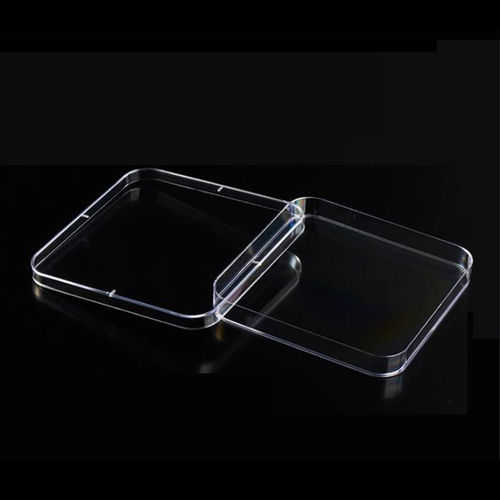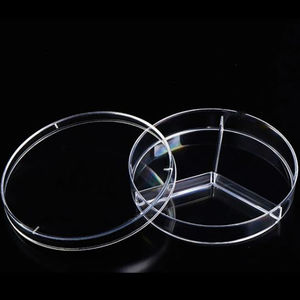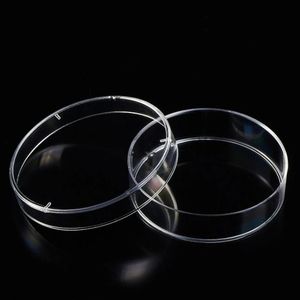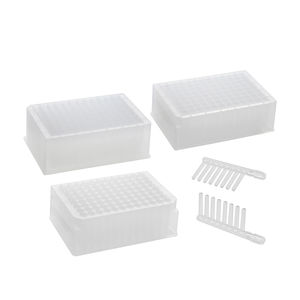
- Company
- Products
- Catalogs
- News & Trends
- Exhibitions
Square Petri dish C01sterile
Add to favorites
Compare this product
fo_shop_gate_exact_title
Characteristics
- Shape
- square
- Other characteristics
- sterile
Description
Petri dishes, also known as culture dishes, are essential tools in laboratory settings for growing microorganisms and cells. These shallow, cylindrical dishes are widely used in microbiology and cell culture experiments. Understanding the uses, proper sterilization techniques, and tips for successful lab cultures is crucial for accurate and reliable results. This guide will delve into the world of Petri dishes, providing insights into their applications, effective sterilization methods, and expert tips for optimized laboratory cultures.
Petri dishes, also referred to as culture dishes, are indispensable tools in laboratory environments for fostering the growth and development of microorganisms and cells. With their shallow, cylindrical shape, these dishes serve as a controlled environment for conducting various experiments in microbiology and cell culture. Understanding their uses, proper sterilization techniques, and expert tips for achieving successful lab cultures is essential for conducting accurate and reliable scientific research.
The primary use of Petri dishes lies in microbiology, where they play a vital role in isolating, cultivating, and studying microorganisms. Microbiologists utilize these dishes to culture bacteria, fungi, and other microbes, facilitating the observation, identification, and characterization of different strains. Petri dishes are also invaluable in performing antibiotic susceptibility testing and evaluating the efficacy of antimicrobial compounds.
In addition to microbiology, Petri dishes find extensive use in the field of cell culture research. These dishes provide a sterile
Catalogs
No catalogs are available for this product.
See all of HWTAi‘s catalogsRelated Searches
- Sample tube
- Container
- Laboratory sample tube
- Microtiter plate
- Collection tube
- 96-well microplate
- Sample box
- Pipette tip
- Cylindrical collection tube
- Laboratory holder
- Laboratory microplate
- Pipette
- Blood collection tube
- Laboratory vial
- Polypropylene sample tube
- Tube laboratory rack
- Waste container
- Sampling kit
- Conical test tube
- Collection tube with anticoagulant
*Prices are pre-tax. They exclude delivery charges and customs duties and do not include additional charges for installation or activation options. Prices are indicative only and may vary by country, with changes to the cost of raw materials and exchange rates.





